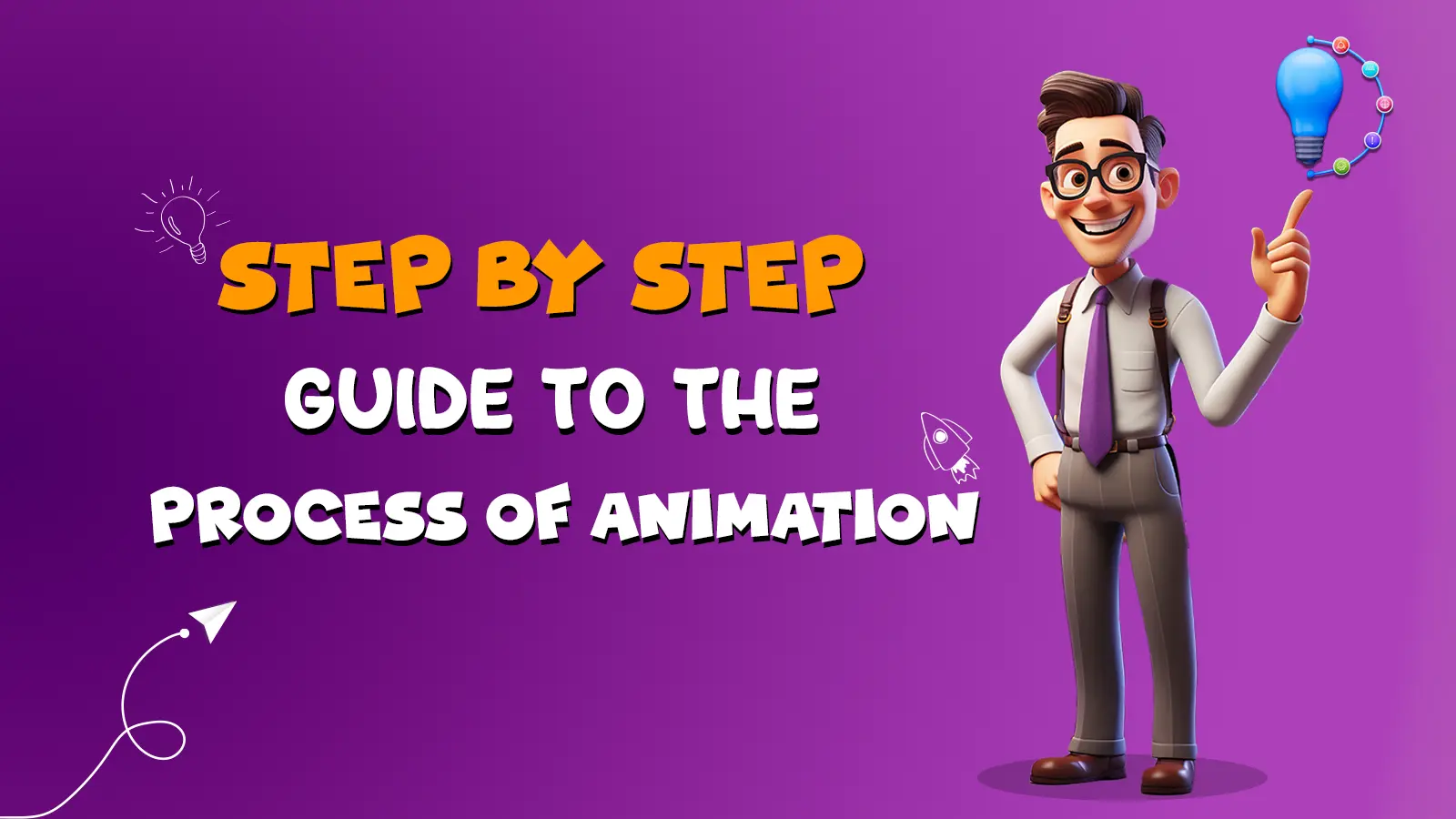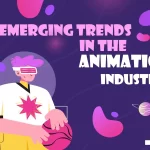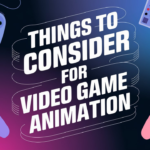Wondering about the best way for business marketing? If you are looking for the most effective ways to communicate about your business products and services, then you’ve come to the right place!
In this blog post, we are going to tell you the best marketing strategy for reaching out to your potential customers and establishing your brand online.
Talk about movies, cartoons, TV commercials, and social media videos, Animated videos have established their presence everywhere. Animation compellingly conveys your brand’s messages to your potential clients and converts them into your most loyal customers.
Why there’s so much animation? Because animated videos present complex topics in easy to understand language with captivating audio-visuals that instantly grab the attention of your target audience and make them want to learn more about your company and your services. What’s more unique? These videos are pretty cost-effective as compared to real video shoots and can be easily shared over social media platforms such as Instagram, LinkedIn, Facebook, and YouTube for a wider audience reach.
Step-by-Step Guide of the Complete Animation Process
With so many benefits of Animated Videos, let’s understand the process of Animation.
Step 1: Research
The first step to creating an animated video begins with thorough research. Talk to your clients and ask them various questions, like:
- What is your product or service?
- What is your exact goal behind creating this animated video?
- Who is your target audience?
- What are your brand’s values?
Discover your client’s specific needs and goals and discuss these with your team to avoid any gaps between client’s expectations and output.
Step 2: Scope of Project
The second step in the process of Animation is assessing the Scope of the Project by considering factors like:
- What is the Central Purpose of the Project?
- How much is the estimated budget? Are there any budget constraints?
- What are the timelines and deadlines of the project?
This is a crucial step in defining the boundaries and objectives of the project and in ensuring a smooth workflow to deliver the project.
Step 3: Writing the Script
The third step in the process of Animation is writing a compelling script that conveys your message and propels customers to buy your product or service. While crafting the script, make sure:
- Write a short, clear, and powerful script.
- Keep the tone of the message clear. Never use anything that is offensive, vulgar, or hurts someone’s religious sentiments.
- Ideal length of an Explainer video script is 60 to 90 seconds.
Step 4: Voiceovers
Voiceovers are the key to delivering your intended message.
- Choose whether your brand’s attitude will be delivered more accurately with a masculine or a feminine voice.
- Choose a voiceover artist that could represent your brand more convincingly to the target audience.
- Invest in a professional voiceover artist with experience in the same background.
Step 5: Storyboarding
Storyboarding is a frame-by-frame visual description of the script accompanied by relevant details. Storyboards help visualise the animation project and work as a roadmap for the entire production team.
- Stoyboard helps identify the gaps in the narrative.
- You may choose from the three types of Storyboards: Traditional Storyboard, Thumbnail Storyboard, and Digital Storyboard
- Make sure to gather feedback from the entire team for any tweaks in your storyboard before moving onto the next step.
Step 6: Series of Illustrations
Illustration includes steps to give an aesthetic appeal to a particular shot or a scene. Here, the line art is refined, and colours, shades, and textures are added to the illustrations.
- Illustrations visually convey the look and feel of a scene or prop.
- Minute details are added to the illustrations to ensure clarity.
- Illustrations include designing characters, scenes, props, and environments.
Step 7: Animation

In this step, the illustrations are rigged by adding skeletal structures to them, and keyframes are created at important poses or positions. Characters, objects, and scenes are manipulated to create the illusion of movement.
- This step works on colour grading, manipulation, visual effects, and noise.
- Choose from different styles of animation services, such as Tradition hand-drawn animation, Computer-generated animation, Stop-motion animation, etc.
- Animation needs acute attention to details to effectively convey emotions through facial expressions and body movements.
Step 8: Sound Designing
In the final step of Animation, music, sound effects, and dialogues are added to the animated video for the final output. Also, visual effects (VFX) are added during this stage to enhance the animation.
- Hire either a good music composer to add quality music or choose royalty-free music.
- Address all glitches and inconsistencies, or quality output.
- Edit and sync all music, sound effects, and voiceovers.
Choose Prismart Productions for all your Animation Needs
How do we help? We’ve got a decade of experience working for top brands and companies in establishing their business and reaching out to their customers with customised animated videos. Our clients choose us for various reasons:
- Gauranteed Quality
- Less Turnaround time
- Customised videos
- Smooth Communication
- Budget-friendly quotations
- Flexible and Responsive




